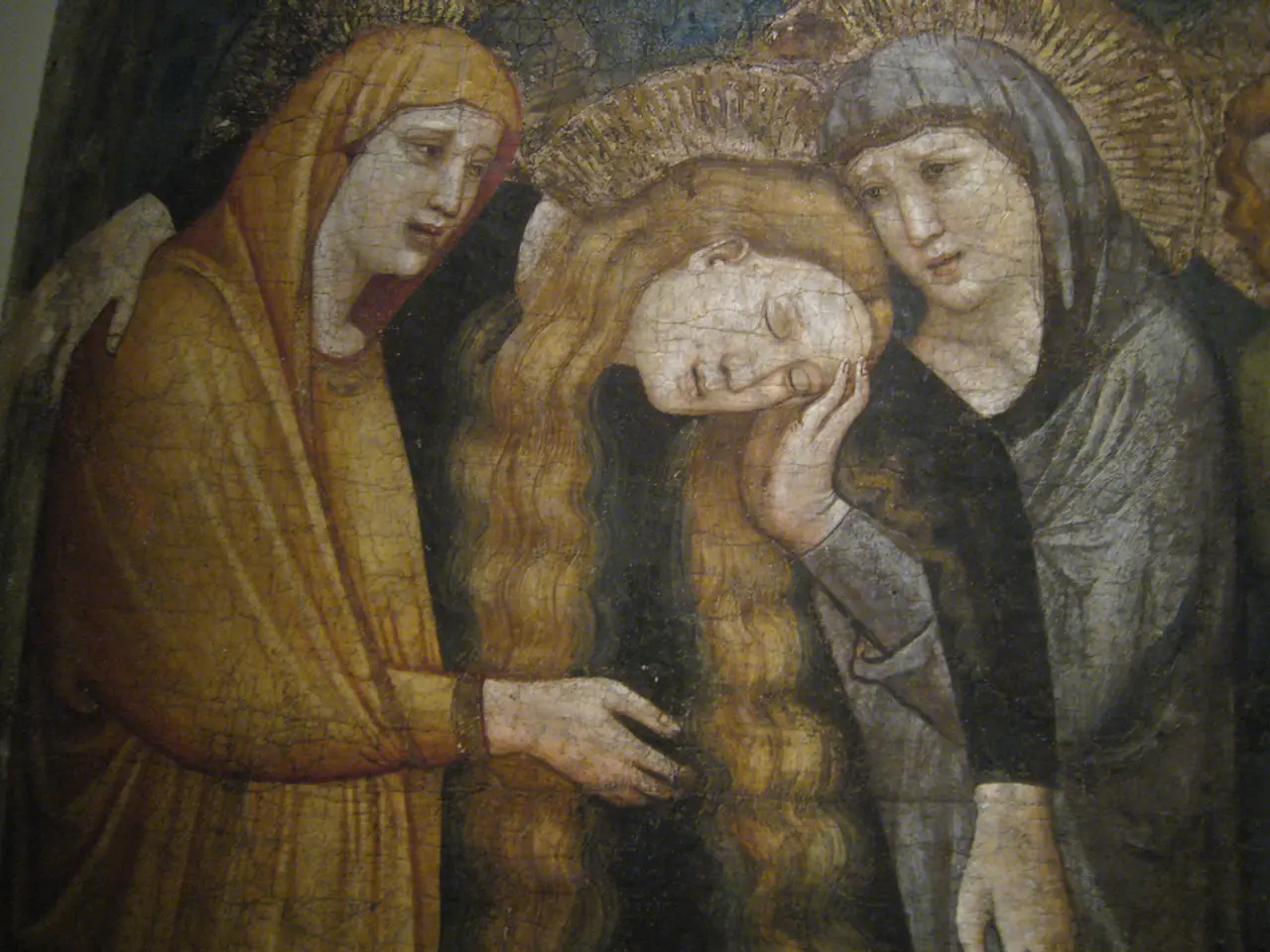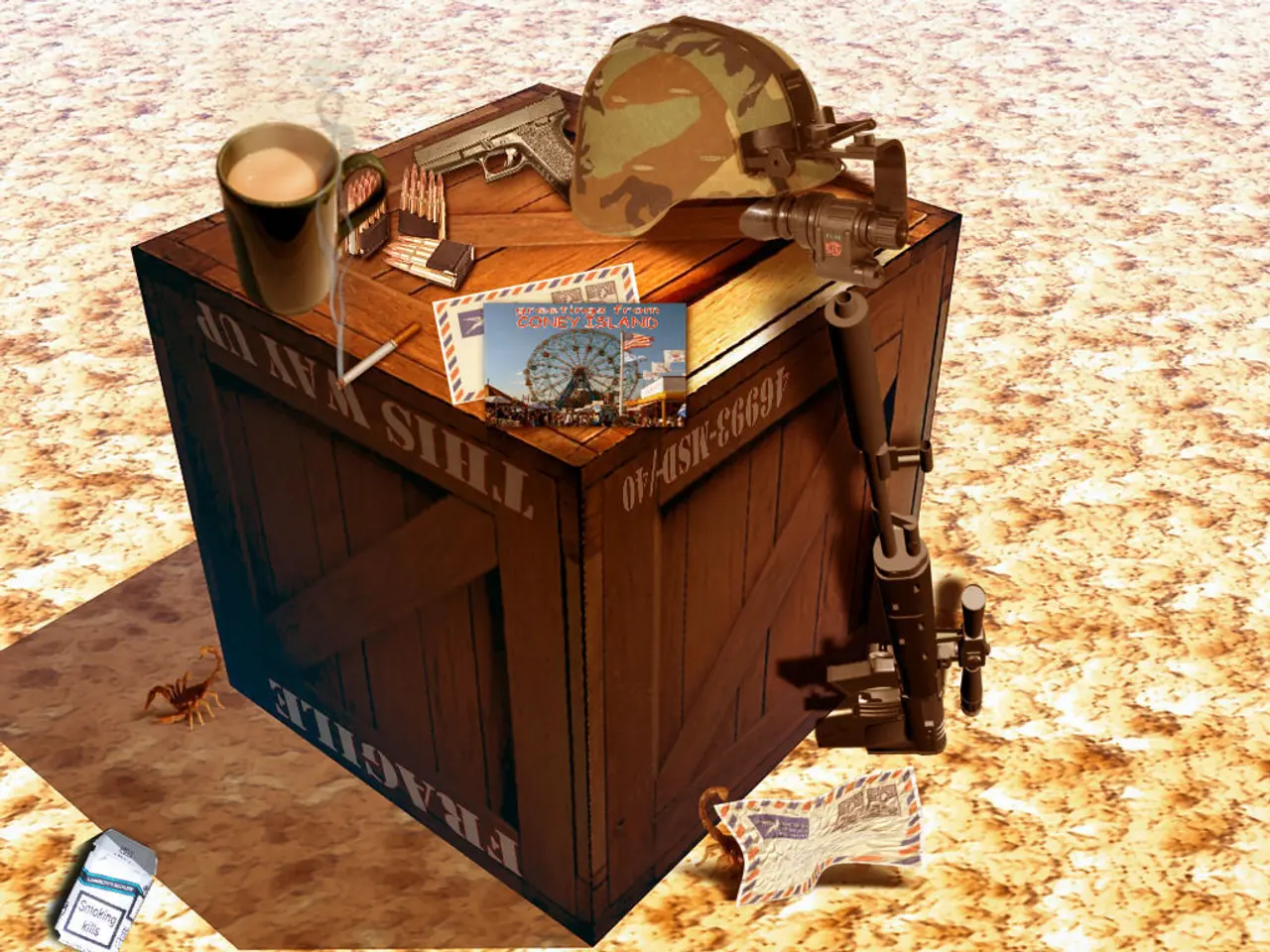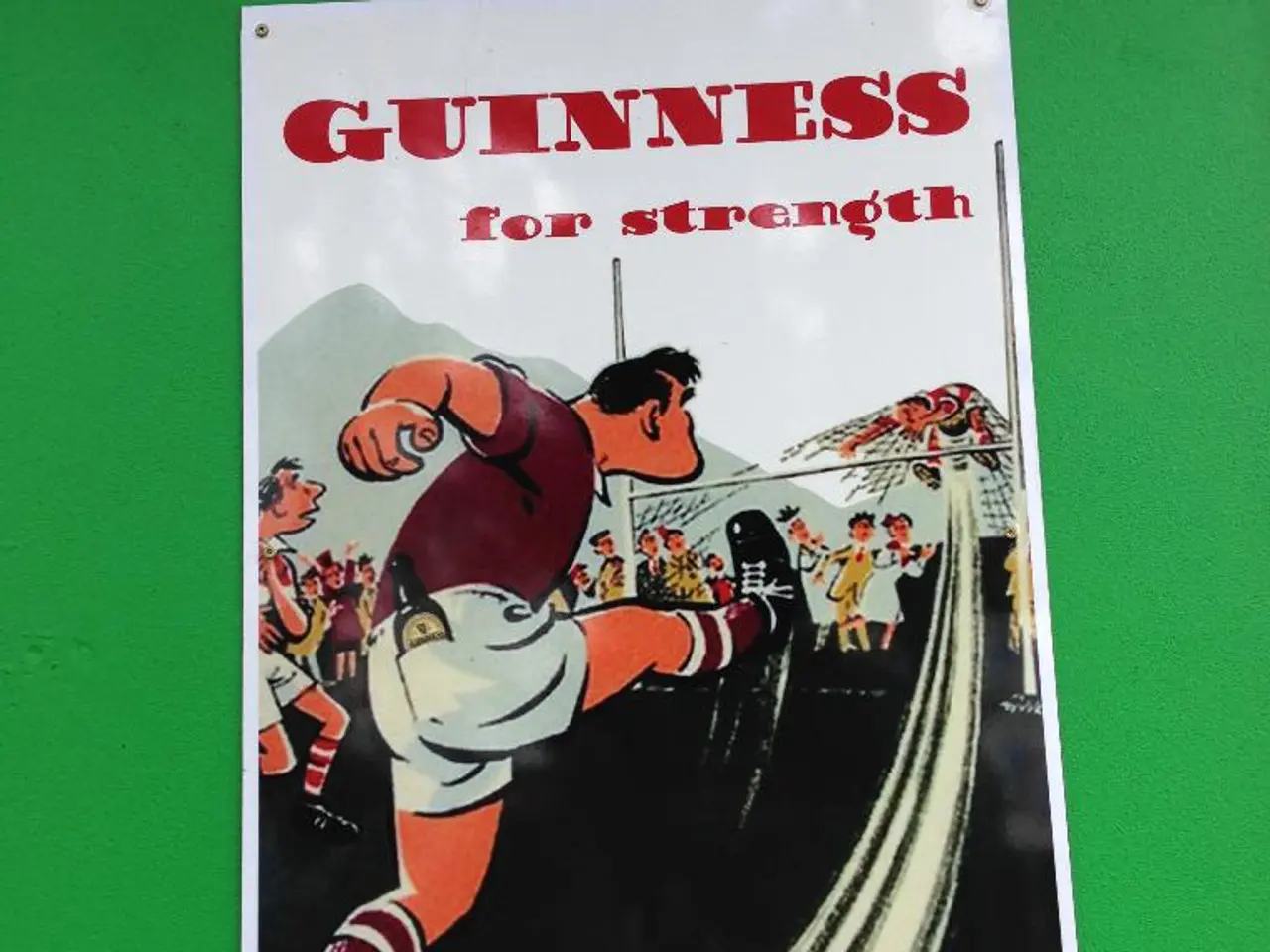Palestinian Sound Artist Aligns Melodies with Palestinian Resistance Movement
In the vibrant world of contemporary art, Bint Mbareh stands out as a unique voice, blending traditional Palestinian cultural elements with modern sound works. Born in Ramallah, in the Israeli-occupied West Bank, Bint Mbareh finds it a privilege to make political art.
This year, her installation What's Left? was part of the Sharjah Biennial, showcasing water tanks that vibrate from sound. But Bint Mbareh's creative journey began long before this recognition. After October 7, 2023, she started using the medium of a "choir" to give collective voice to grief.
Her choir is a gathering of peers, collaborators, and friends. They perform not just music, but a testament to resilience and hope. The choir's repertoire includes geographically specific Palestinian rain-summoning songs, traditional folk songs originating from different Palestinian regions. These songs, with their unique melodies and lyrical content, were historically used to invoke rain—an essential natural resource for agriculture and survival.
In Bint Mbareh's sound art, these rain-summoning songs are sampled or reinterpreted to highlight the connection between cultural memory, ecological concerns, and identity. The usage typically involves layering traditional vocal motifs or symbolic rhythms associated with rain-calling alongside modern soundscapes, creating immersive audio experiences that both preserve and critique the cultural significance of these rituals in Palestinian life.
Bint Mbareh's work engages layered meanings of water for Palestinians, as a material that is both violent and sacred. She twists and destabilizes the songs in her work, using digital technology to loop, layer, and remix sounds. This approach gives her art a sense of fluidity and adaptability, much like the waves she often uses as a metaphor in her sound art and installations.
Bint Mbareh's work has expanded to include physical installations. For instance, in What's Left?, she added a toy car and marbles to the tanks, creating a visual spectacle that complemented the auditory experience. Her work often includes an element of humor and lightness, making it accessible to a wide audience while still carrying a powerful message.
Bint Mbareh's work explores the "most literal ways that sound can be resistance." This resistance is not just auditory, but also cultural and political. Her art serves as a reminder of the resilience of the Palestinian people and the importance of preserving their cultural heritage.
Recently, Bint Mbareh presented another choir-based interactive performance at Tate Modern, demonstrating her continued commitment to using art as a platform for expression and change. Despite the displacement that affected both sides of her family, preventing her from singing with her grandmother in a traditional way, Bint Mbareh's art serves as a testament to her connection with her roots and her determination to use her voice to make a difference.
- Bint Mbareh's installation, What's Left?, exhibited at the Sharjah Biennial, features water tanks that not only vibrate from sound but also incorporate modern art elements, such as a toy car and marbles, to create a visually striking complement to the auditory experience.
- In addition to her sound art, Bint Mbareh also forms choirs, gathering peers, collaborators, and friends, whose voices sing geographically specific Palestinian rain-summoning songs to give a collective voice to resilience and hope in the context of modern entertainment.
- Bint Mbareh's work in contemporary art is deeply political, as she challenges and reinterprets traditional Palestinian cultural elements, such as rain-summoning songs, through the use of modern soundscapes and digital technology, creating immersive audio experiences that both critique and preserve cultural significance.






